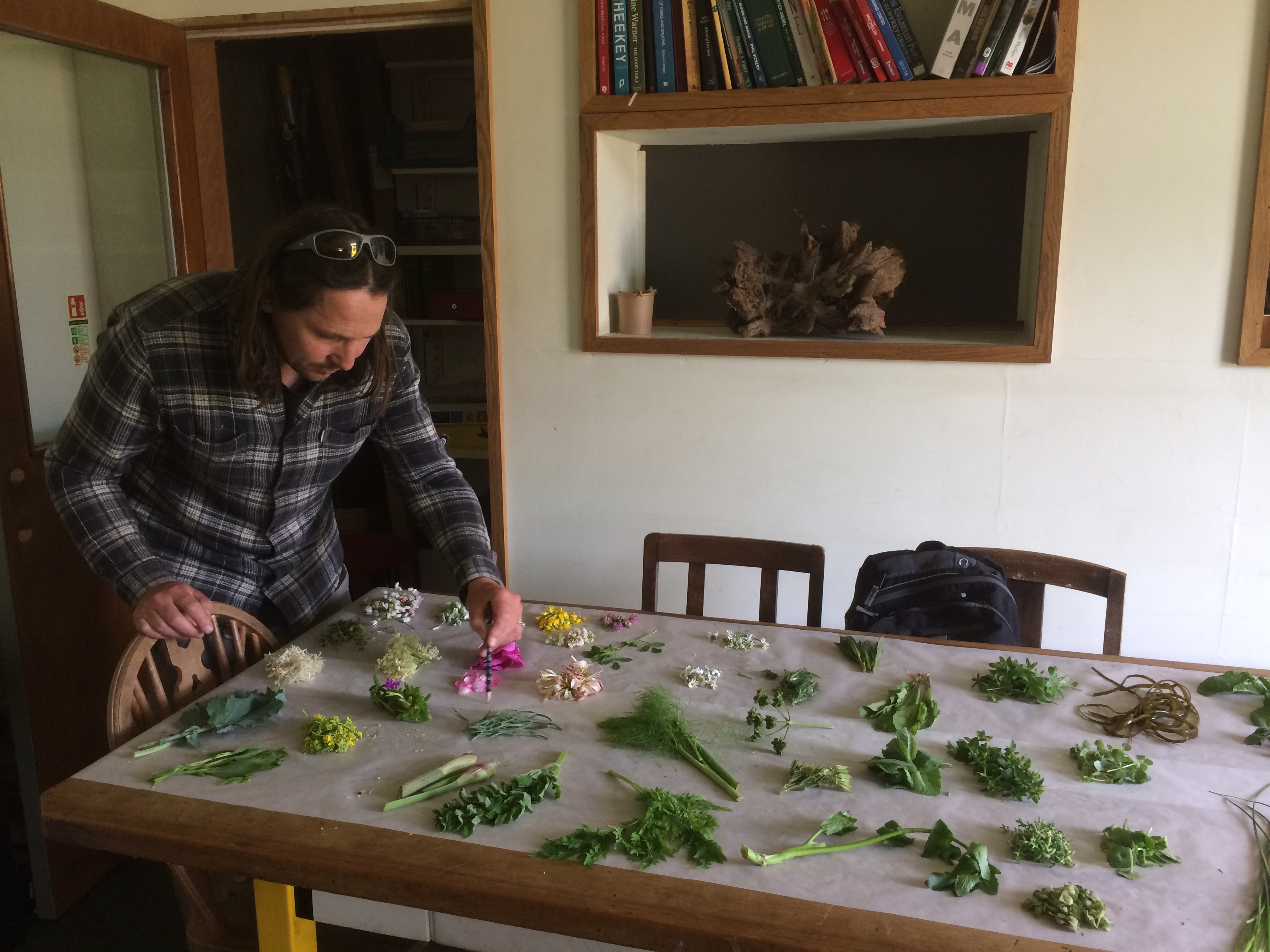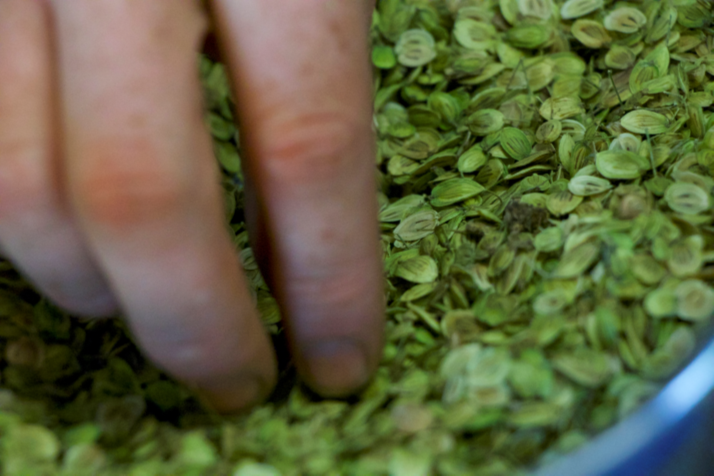A companion piece to 'The Rise and Rise'...
At the conclusion of my previous blog ‘The Rise and Rise’ we were left straining up towards the light, thinking about the peak of growth and substance on the land as plants begin to repeat their reproductive cycles with the production of seeds and fruit. I want to burrow down into this a bit now and explore this richness and abundance in terms of the cycles of life for both plants and plant eaters such as ourselves. With fruit and seed providing the means for new generation and also sustenance we are at both the end and the beginning of the cycle. It’s like our farming systems where some seed is saved for sowing and some is eaten as bread except there is no farmer in this scenario, just the wild complexity with its many reciprocal actors (species) and factors (climate, geology, seasons)...
Flowers, fruit and seeds. It’s all part of a dance, an abundance, a fecundance even. It’s about the development of sparks of lives that are yet to come but also nourishing those living entities that are here already. Seeds that may either be sown or become bread for others. Are flowers also about sustenance? Are they bread and intended as such? Indeed they are. Nectar is the sweetness that attracts insects in return for services rendered: carrying pollen. But pollen itself is bread, to many species of insect, who feast on this reproductive element and also transport it to other plants in order that it can impart DNA to the female part of their flowers. So both feasting and fertilization are at the heart of the existence of flowers. For fruit and seeds the bread role (!) may be more obvious, in that they provide abundance of food for both humans and multitudes of other species. But for me the really interesting element is that plants thrive in a world where huge quantities of their fruits and seeds are consumed, never reaching the soil to renew the plant's own population.
 Pause for a moment to consider what would happen if they did. If for example, every acorn from every oak tree became an oak tree. Clearly there is not enough space on a thousand planets for so many oak trees! What it is, is the inherent generosity of ecological systems, and I choose to regard this as the integral kindness of the earth. It’s as if each plant were saying, ok, here's one for me, a thousand for you all, another one for me, another thousand for you all. Everything else being equal, to maintain the plant population at its current level, each plant need only replace itself once during its lifespan. For a tree, think how many seeds it can afford to give away as bread and still achieve this. So, we get to the heart of abundance: it’s more, far, far more than enough.1
Pause for a moment to consider what would happen if they did. If for example, every acorn from every oak tree became an oak tree. Clearly there is not enough space on a thousand planets for so many oak trees! What it is, is the inherent generosity of ecological systems, and I choose to regard this as the integral kindness of the earth. It’s as if each plant were saying, ok, here's one for me, a thousand for you all, another one for me, another thousand for you all. Everything else being equal, to maintain the plant population at its current level, each plant need only replace itself once during its lifespan. For a tree, think how many seeds it can afford to give away as bread and still achieve this. So, we get to the heart of abundance: it’s more, far, far more than enough.1
But what is a seed, what is a fruit? It's DNA wrapped in food. Food for the new entity that will sprout from some, food which funds the initial growth of roots and shoots until the shoot reaches the light and starts funding its subsequent growth by eating light and turning it into sugar. Food also for other entities which benefit from this exudation of (mostly) sweetness from the parent plant, starting with nectar and ending with seeds and fruit rich in either sugar as sugar, or sugar as longer chain carbohydrate - starch in other words. But what is DNA? Something much more sophisticated. The ultimate exudation, an emergence of something of another category. Matter becoming the blueprint for life. A magic code which will tell the chemicals first in the seed and then those drawn into the embryonic plant through roots and shoots how to become, how to weave together a living entity from mere stuff, mere atoms. Sugar is energy and supports the systems of life energetically. But DNA is magic dust, a kind of substance which leaps out of the parent plant, draws together soil, water and light and breathes the breath of life into it - causes another living entity of like kind to live.
It is this magic which is now beginning to happen as plants reach their zenith of formation and growth, at the extremities of stems and branches, male and female genetic code helped together by wind, insects, animals and other means are achieving the union with allows life to continue. And as the plants prepare to breathe out, to exhale, to exude this precious cargo, by shedding seeds and fruit, we ourselves gladly breathe in what they breathe on us, as we eat without guilt, knowing that this gift and the grateful receipt of it is part of the extravagance of the circle of life.
1. There is a biblical name for the God of the Hebrews which can be translated at 'the God that is more than enough' although it is more conventionally translated as 'almighty God'. Fascinatingly, it can also be translated as 'the breasty one' thus linking material provision to a feminine characterisation of the Judao- Christian deity.

